
HAIRCARE SERIES PART 1: HAIR POROSITY
While most of us aren’t hairstylists don’t give much thought to hair care further than shampoo, conditioning, and the occasional hair mask. However, there is a lot that goes into the health of your hair: including understanding hair porosity and how to care for it.
Hair porosity is a way to describe how your hair is able to soak up and retain moisture. Depending on how porous your hair actually is, it may be considered high, medium, or low. Your hair’s porosity determines how well oils and moisture will absorb through the hair’s cuticle (the outermost layer of your strands).
Before we move ahead, it is important to have knowledge of the hair strand itself:
- The cuticle is the tough, protective outer layer of your hair. They are made up of smaller cuticles that overlap each other, like shingles on a roof.
- The cortex is the thickest layer of your hair. It is made of fibrous proteins and the pigment that gives your hair its colour.
- The medulla is the soft, central part of the hair shaft.
For your hair to stay healthy and hydrated, moisturizing products that seal your hair need to be able to penetrate through the cuticle to get to the cortex. If the cuticles of your hair are bound too tightly (low porosity), water and oils will struggle to penetrate the hair. On the flip side, if your cuticles are too spaced apart, your hair will have a harder time retaining moisture and staying silky smooth (meaning your strands are highly porous). From this, we can conclude that the easiest hair to work with is of medium porosity.
WHAT DETERMINES HAIR POROSITY?
How your hair absorbs and retains moisture is largely due to genetics, but this is only one of many contributing factors. Heat styling, sun exposure, bleaching, over washing, and the use of harsh chemicals in hair products can all damage your hair and alter your hair porosity. These are all things that can cause your hair cuticles to raise and open, making it struggle to retain moisture.
HOW TO DETERMINE YOUR HAIR POROSITY
- Wash your hair to remove any product build-up. Make sure to rinse properly and skip the conditioning.
- Fill a glass with water.
- Once your hair is clean and dry, drop a single strand of your hair into the glass of water.
- Watch the strand closely to see if it sinks to the bottom of the glass or floats at the top.
And
- If the strand floats at the top before sinking, you have low porosity hair.
- If the strand floats somewhere in the middle of the glass, you probably have medium or normal porosity hair.
- If the strand sinks to the bottom of the glass, you have high porosity hair.
HOW TO PROPERLY CARE FOR YOUR STRANDS
If you find yourself struggling with the health of your hair, it may be because you are not treating it according to your hair type.
Those with low porosity hair should avoid products with oils and protein-based conditioners. Protein-free products tend to be more easily absorbed into the hair and may be less likely to cause product buildup. It is also recommended to apply conditioner to wet (not damp) hair, as this may make it easier to absorb.
Those with high porosity hair will highly benefit from ingredients like butters and oils. Leave-in conditioners are also great sealing options, helping your hair to retain moisture. It is also crucial to use a heat protectant before any heat styling, and it is recommended to avoid rinsing hair with hot water.
GRAYDON HAIR SMOOTHIE $25
ALPER OILS THE INFINITE OIL $41
Looking for more hair care tips? Make sure to check out our other hair blogs including Hair Basics and Hair Loss. And, stay tuned for Part 2!
Until next time, take care of those locks...
Mathilde

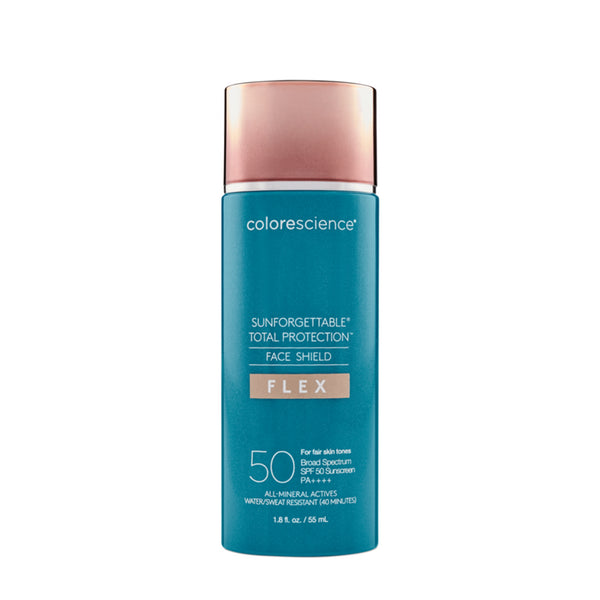
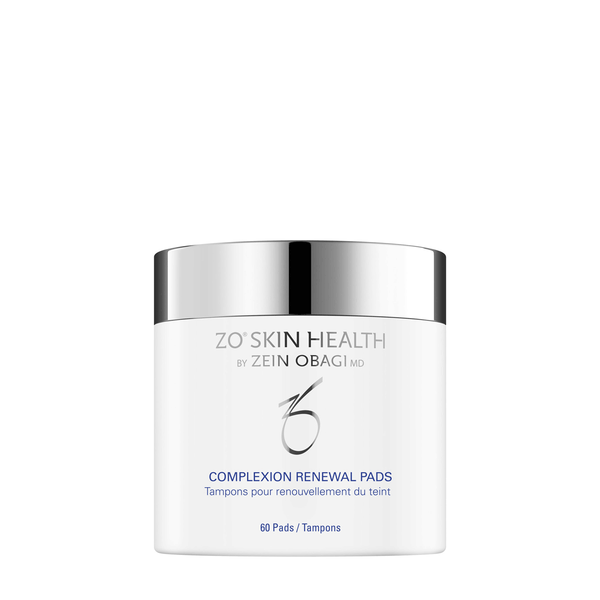
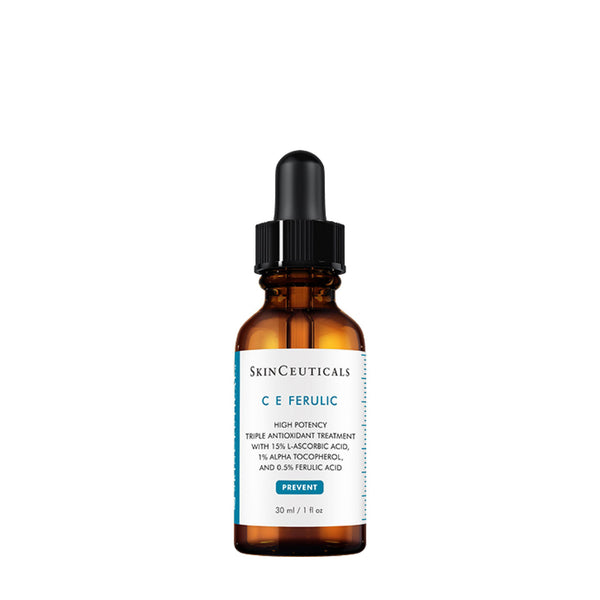
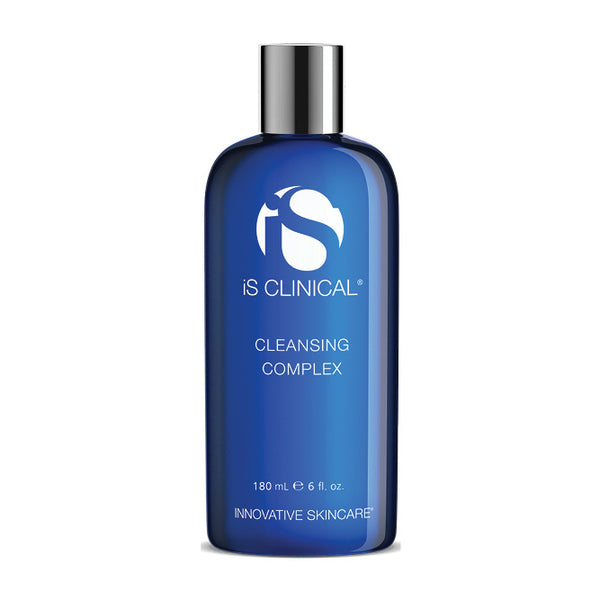
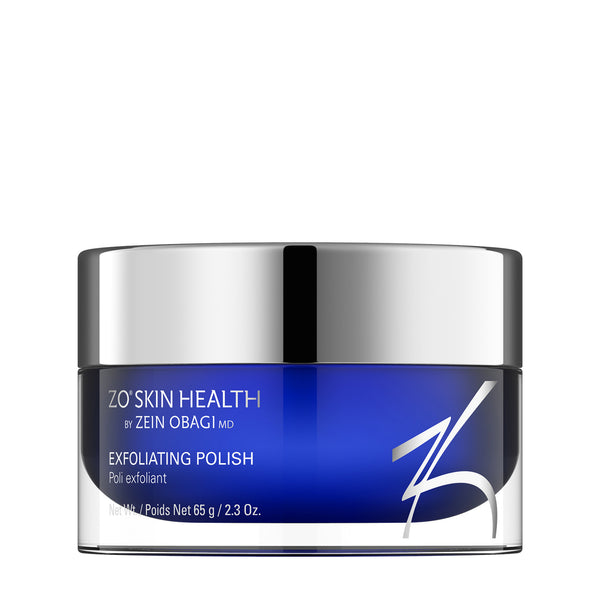


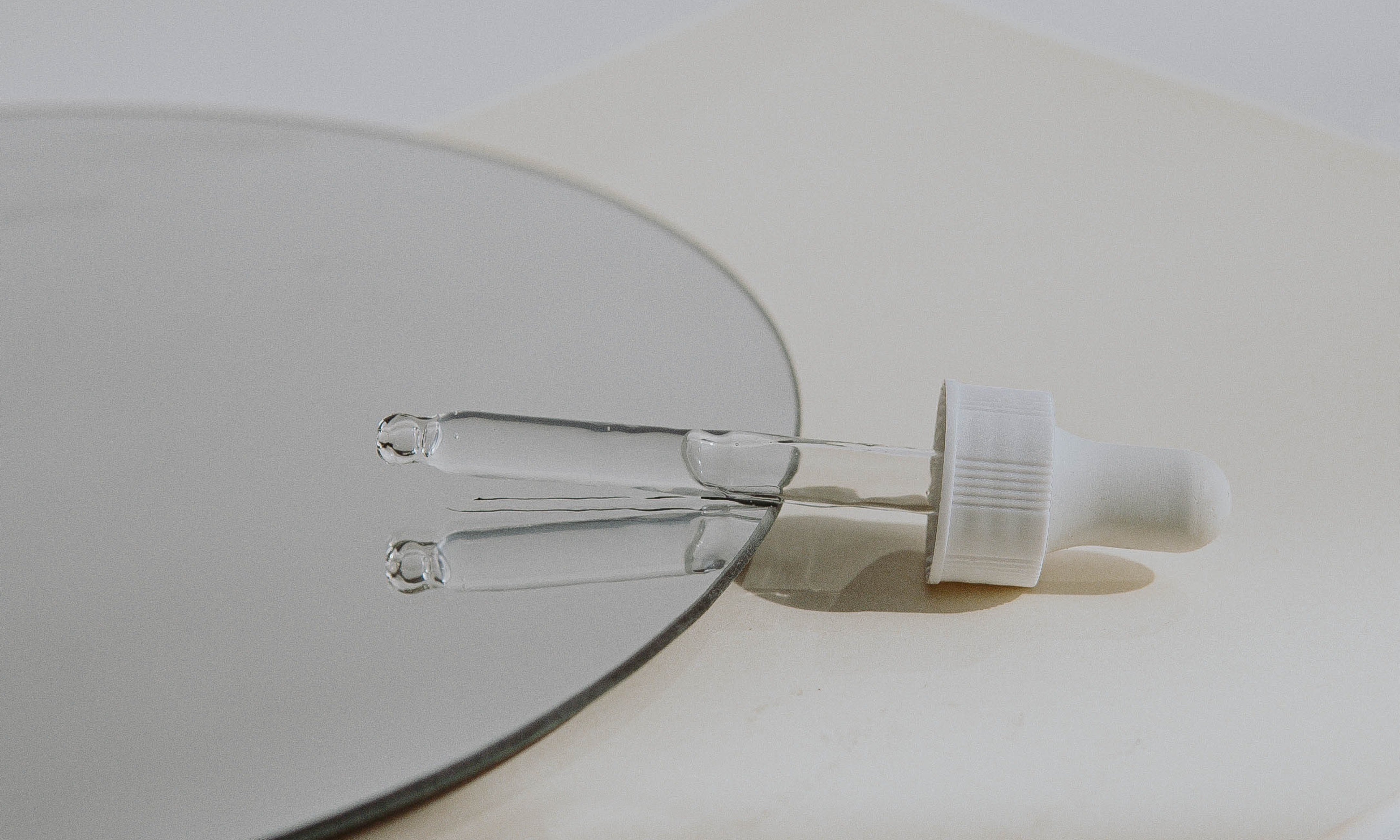




Leave a comment